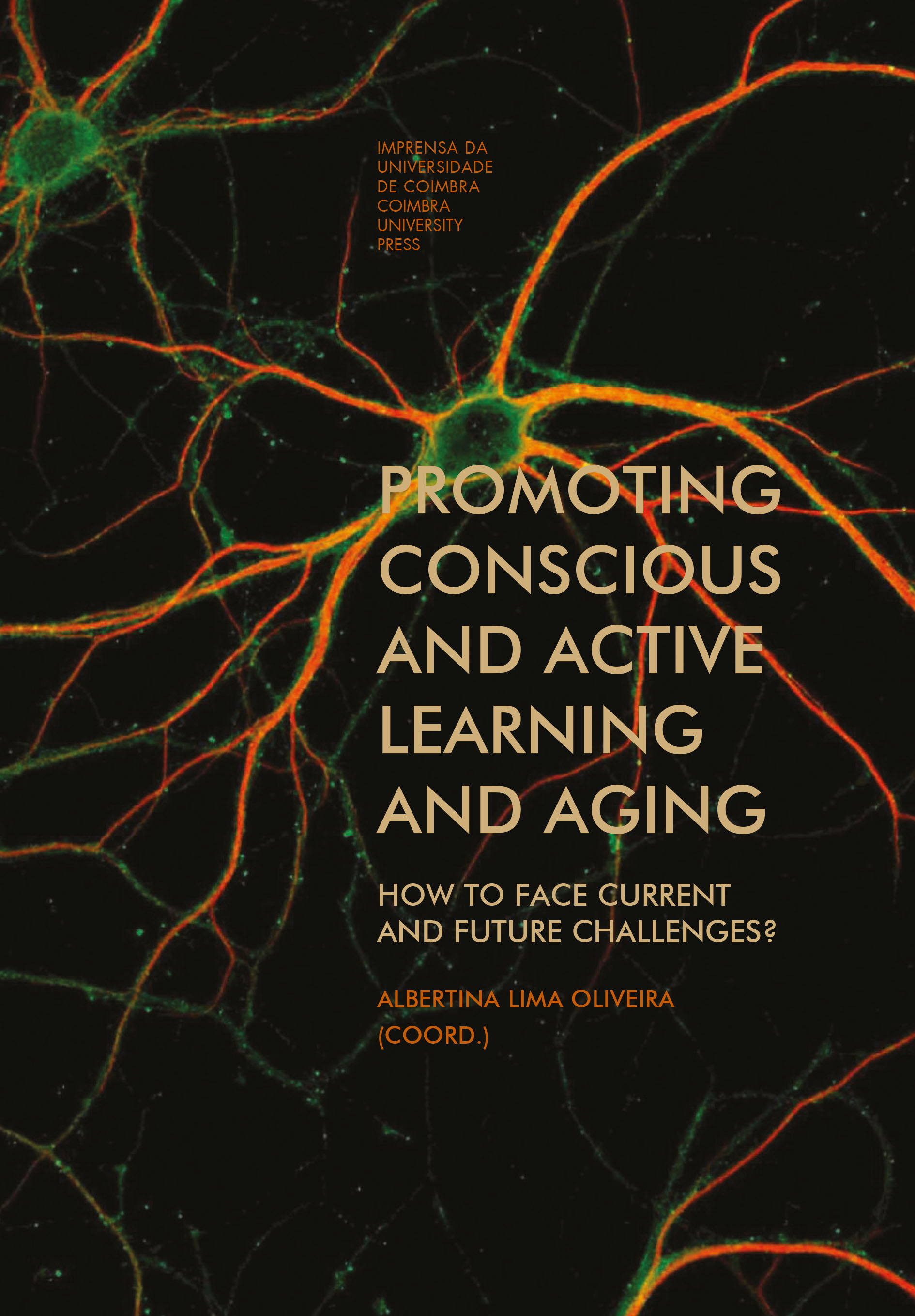Architeture for active learning and aging: towards open innovation in universities
Sotelo Pablo Campos Calvo-Sotelo
Open innovation in Universities should be founded on several principles: Education is an affective act (implying special attitudes between faculty and students); Education is a collective act (a community of learning generates more knowledge than the individuals): Education is a sustained act (an activity linked to active learning and ageing); Education is a spatial act (human contact is necessary to achieve a complete formation for future citizens, beyond their achievement of mere technical abilities). To achieve these goals, this paper proposes the philosophy of the “Educational Campus”, a modern paradigm that can be applied to transformation processes of Institutions of Higher Education. Actually, this conceptual tool has been used by the Spanish Ministry of Education in the Program “International Campus of Excellence”, since its first edition in 2009. Excellence in Universities must be based on the main principle of the “Educational Campus”: that the human contact that makes Education possible must take place in a real location. Consequently, it is necessary to underline the critical role that Architecture has to play in the evolution of Universities towards innovation, as it hosts the human contact needed to achieve the true mission of Universities: the integral formation of a human being. The “Educational Campus” has the capacity of fostering open innovation processes at four scales: relation between University, city and territory; the campus as an independent complex; the building as an architectural piece; and finally, the classroom, as the basic learning spatial unit. Overall, the quality of Universities is intimately tied in with human attitudes, but also with the quality of its Architecture. Through sound planning (using the “Educational Campus” paradigm), Universities can improve the nature of their spaces, transforming them into sites where innovative teaching and learning modalities can be hosted, as well as places to invite citizens of all ages to keep on participating through all their lives in the fascinating task of education.
—
ISBN:
eISBN: 978-989-26-0732-0
DOI: 10.14195/978-989-26-0732-0_15
Área: Ciências Sociais
Páginas: 281-296
Data: 2013
Keywords
—
Outros Capítulos (22)
Introcuction: a new humanism is needed ... the expansion of consciousness and brotherhood are vital
Albertina L Oliveira
https://doi.org/10.14195/978-989-26-0732-0_1
Possibilitis and limitations of age
Ballesteros Rocío Fernández-Ballesteros
https://doi.org/10.14195/978-989-26-0732-0_2
The meaning of life and conscious aging: educating through the perspective of the end
Daniel Serrão
https://doi.org/10.14195/978-989-26-0732-0_3
Who is a disadvantaged senior in europe?: main identifiers for assessing efficacy for self-directed learning of the aged and at-risk
George K Zarifis
https://doi.org/10.14195/978-989-26-0732-0_4
Reflections from a study about wisdom with students from a senior university
Cidália Domingues Gonçalves;Albertina L. Oliveira
https://doi.org/10.14195/978-989-26-0732-0_5
Relationships and intergenerational solidarities - social, educational and helth challenges
Natália Ramos
https://doi.org/10.14195/978-989-26-0732-0_6
Intergenerational solidarity: bringing together social and economic development
Liliana Sousa
https://doi.org/10.14195/978-989-26-0732-0_7
Intergeneration education as a strategy for promoting active aging: analyzing the needs of a local community as a way to develop relevant and sustainable projects of intervencion
Susana Villas-Boas;Albertina L. Oliveira;Natália Ramos;Imaculada Montero
https://doi.org/10.14195/978-989-26-0732-0_8
The IPL 60+ program: a singular case of senior education in an intergenerational context
Luísa Pimentel;Isabel Varregoso;Susana Faria;Ana Comprido
https://doi.org/10.14195/978-989-26-0732-0_9
Life histories and intergenerational knowledge transference: a case study at the bank of the northeast corporate university
Marcos Marinelli;Luís Alcoforado;Marcos Antônio Martins Lima
https://doi.org/10.14195/978-989-26-0732-0_10
Elderly & ICT: a need and urgency for an effective info-inclusion
Henrique Teixeira Gil
https://doi.org/10.14195/978-989-26-0732-0_11
Senior students in the knowledge society: a curricular program of digital literacy
Isabel Varregoso;Luísa Pimentel;Filipe Santos;Carina Rodrigues;Paula Cainço;Sandra Leal
https://doi.org/10.14195/978-989-26-0732-0_12
Formal Caregivers' health characterization and self-perception: implications for long-term care practicess
Margarida Pinto;Daniela Figueiredo;Alda Marques;Vânia Rocha;Liliana Sousa
https://doi.org/10.14195/978-989-26-0732-0_13
Home-villages as a residence and revitalization system oh the territory
Ana Bordalo;Madalena Cunha Matos
https://doi.org/10.14195/978-989-26-0732-0_14
Architeture for active learning and aging: towards open innovation in universities
Sotelo Pablo Campos Calvo-Sotelo
https://doi.org/10.14195/978-989-26-0732-0_15
Healthy aging: retirement and early retirement - organizations and human resource management
Célia Maria da Silva Morais;Anabela Correia Martins
https://doi.org/10.14195/978-989-26-0732-0_16
Facilitators and barriers to active and healthy aging
Anabela Correia Martins
https://doi.org/10.14195/978-989-26-0732-0_17
Suicide after 65 years old: current data in Portugal
Sónia Quintão;Susana Costa;Sandra Alves;Ricardo Gusmão
https://doi.org/10.14195/978-989-26-0732-0_18
Health education factsheet on mental health in the elderly
Ana Teresa de Sousa Reis;Anabela Correia Martins
https://doi.org/10.14195/978-989-26-0732-0_19
Aging, health and disease: the effect of religiosity on the optimism of elderly people
Lisete dos Santos Mendes Mónico
https://doi.org/10.14195/978-989-26-0732-0_20
Dispositional forgiveness and gratitude among older people
Félix Neto
https://doi.org/10.14195/978-989-26-0732-0_21
Promoting active aging inside portuguese residential institucions for the elderly: is there something missing?
Cristina C. Vieira;Albertina L. Oliveira;Margarida P. Lima;Sónia M. Ferreira
https://doi.org/10.14195/978-989-26-0732-0_22

